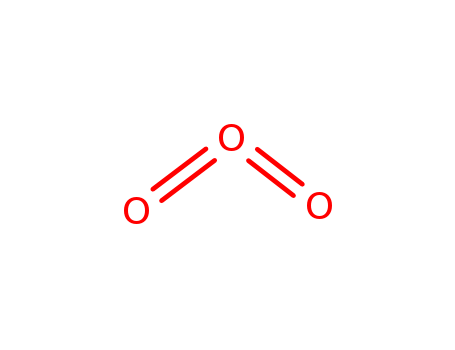10.1016/S0040-4039(01)00481-6
The research focuses on the efficient and convenient synthesis of enantiopure 4-(t-butyldimethylsilyloxy)-cyclohex-2-en-1-one (2a), a valuable chiral building block, and a formal synthesis of (±)-mesembranol (17). The purpose of the study was to develop an inexpensive and efficient route to 2a, leveraging the chiral vinyl triflate methodology. The key starting material was (+)-limonene oxide 1, which was converted through a series of reactions involving ozonolysis, Baeyer–Villiger oxidation, hydrolysis, and silylation to yield compound 4. Further reactions included regiospecific conversion of the epoxide mixture to allylic acetates, acylation, and elimination of acetate to yield diene 6. The synthesis concluded with oxidative cleavage and purification steps to obtain enone 2a, which was then used in the formal synthesis of (±)-mesembranol. The chemicals used in the process included (+)-limonene oxide, ozone, methanol, diisobutylaluminum-diisopropylamine, acetyl chloride, palladium catalysts, and various other reagents and solvents. The study concluded that the synthesis was high yielding and that the methodology could be readily scaled up for larger quantities, with a focus on avoiding chromatography and using distillation for purification.
10.1023/A:1016103023539
The research investigates the synthesis of ethyl benzoate through the ozonolysis of styrene in the presence of ethanol. The purpose of this study is to explore a potentially industrial method for producing ethyl benzoate, a compound with applications in various sectors including dyes, lubricants, herbicides, and cosmetics. The process involves the ozonolysis of styrene, which is then thermally decomposed to yield ethyl benzoate. The study concludes that the method is commercially feasible, with a maximum yield of available oxygen achieved at a molar ratio of styrene to ethanol of 1:1.5. Key chemicals used in the process include styrene, ethanol, ozone, and various intermediates such as molozonide, bipolar ions, and carbonyl compounds. The final products were ethyl benzoate, ethyl formate, formaldehyde, benzaldehyde, formic acid, and benzoic acid.





